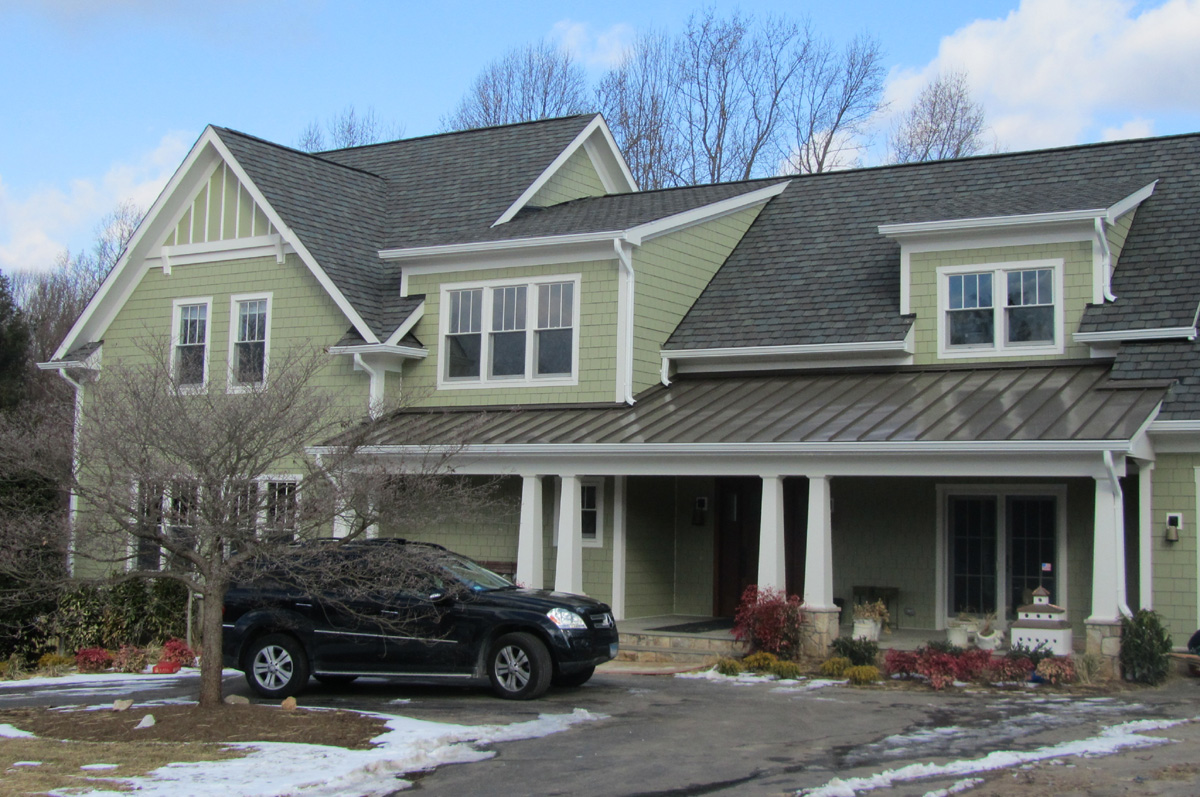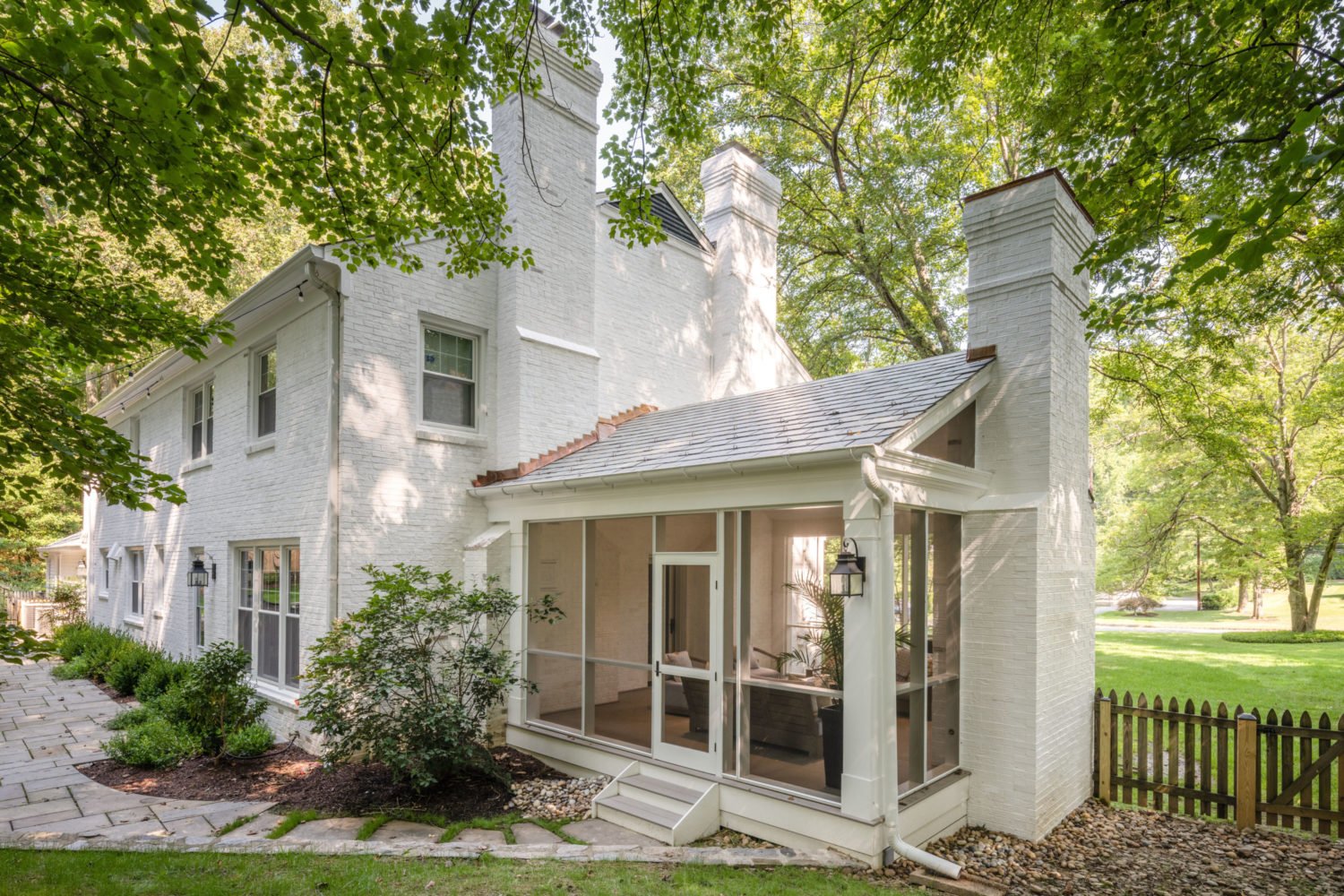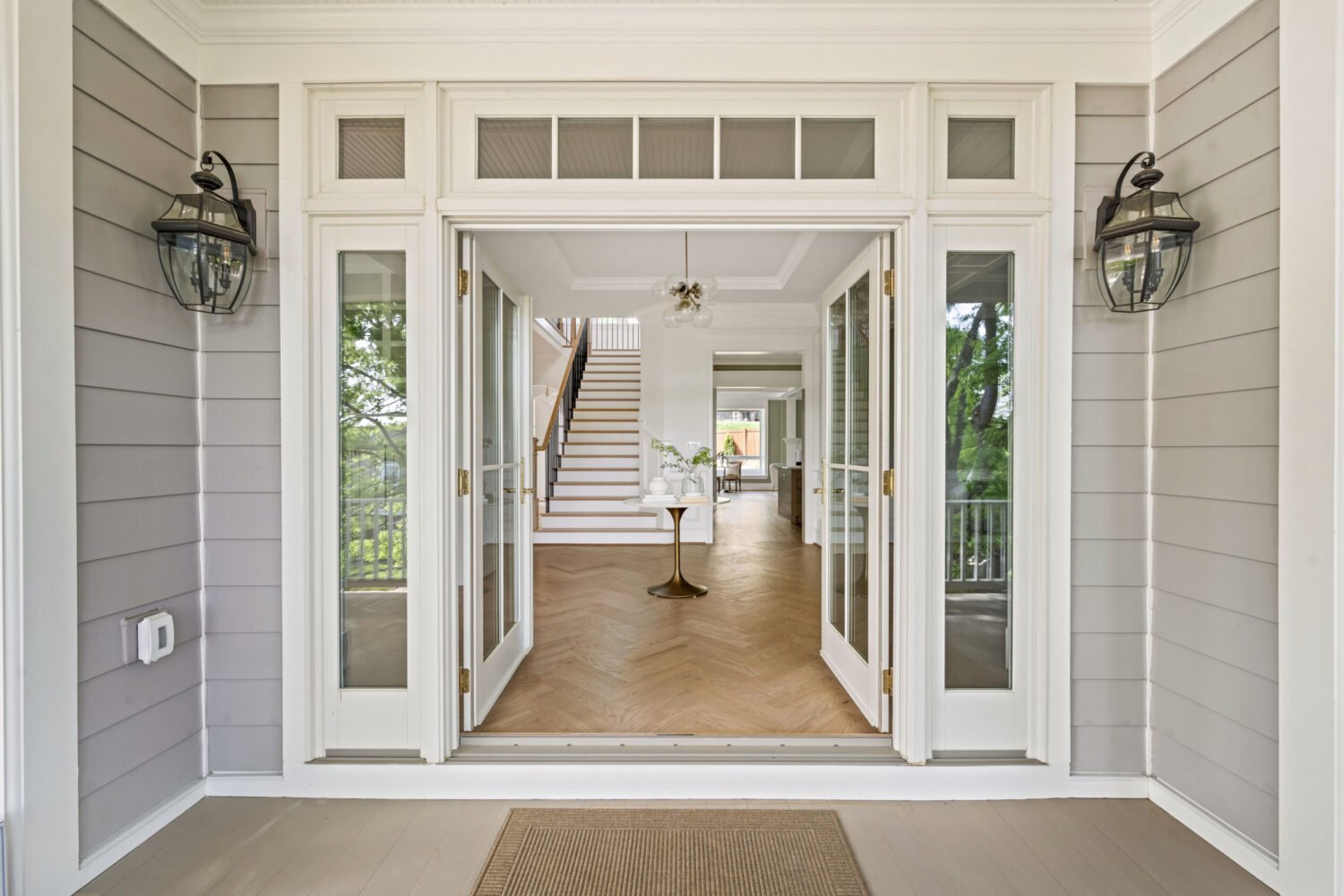Most house hunters have questions. When was the home built? Has the kitchen been renovated? Are the schools good? But real-estate agents say there’s one they almost never get.
“Nobody has ever asked me about a home’s criminal history,” says Jeff Brier of Coldwell Banker. And listing agents can’t talk about crimes that have occurred at their properties without the owner’s permission.
Buyers may want to start asking around.
In July, the former home of Joe Price, Victor Zaborsky, and Dylan Ward—the site of attorney Robert Wone’s unsolved murder—hit the market for $1.6 million.
An online virtual tour of the four-bedroom, four-bath Dupont Circle rowhouse offers glimpses into spaces that were de-scribed in affidavits and court testimony: the kitchen where Wone, Price, and Ward are said to have sat around sipping water when Wone arrived at the Swann Street house on the night of August 2, 2006; the rear door where an intruder allegedly entered; the bathrooms where the housemates were said to have showered before police arrived.
This is the second time the home has been for sale since Wone’s murder. In June 2008, Price collected $1.48 million for the house—$200,000 more than he paid for it in 2005. It sold in just over a month. The listing agent two years ago was Therese Cox, who says the house required major repairs before it was ready to go on the market because police had torn it apart. “One of the forensic investigators said he had never seen so much damage done to a property,” Cox says.
In an odd coincidence, Cox was involved in the sale of another notorious home. In 2003, she sold DC school principal Brian Betts the Silver Spring home where he was found murdered in April of this year. Cox says that when Betts bought the home, he didn’t know it had been the site of a 2002 double homicide—the random killing of 47-year-old George Russell and his nine-year-old daughter.
“One of the neighbors came over and told him, and he freaked out,” says Cox, who then found a minister to perform an exorcism on the house. After that, Betts felt comfortable there, she says.
Typically, a murder brings down the value of a home by 10 to 20 percent, says California-based appraiser and economist Randall Bell (a.k.a. the Master of Disaster), who consulted on the sale of the JonBenét Ramsey house in Boulder, the Heaven’s Gate mansion near San Diego, and Nicole Brown Simpson’s condo in Los Angeles.
Bell says values start to rebound after three to five years. But in the case of the Swann Street house—where the high-profile trial ended only recently and the murder remains unsolved—it may take longer.
Listing agent Ellen Abrams of Evers & Co. Real Estate declined to comment. But agent John Taylor of Chatel Real Estate, who has a similarly priced listing nearby and has toured the Swann Street house in the past, says he thinks the price is about right. Jeff Brier, who does a lot of work in the neighborhood, says the roof deck and two-car parking are big pluses but $1.6 million is “probably a little aggressive.”
Being the scene of a murder didn’t hurt Georgetown’s Bowie-Sevier House. In July 2006, a young man was killed in the driveway of the mansion, which at the time belonged to developer Herbert Miller. A few months later, Miller sold the 7-bedroom, 12-bath home to media entrepreneur Robert Allbritton. The price? Twenty-four million.
This article first appeared in the September 2010 issue of The Washingtonian.
Subscribe to Washingtonian
Follow Washingtonian on Twitter
More>> Open House Blog | Homes | Real Estate
















